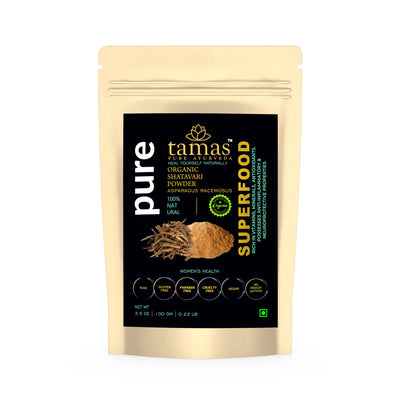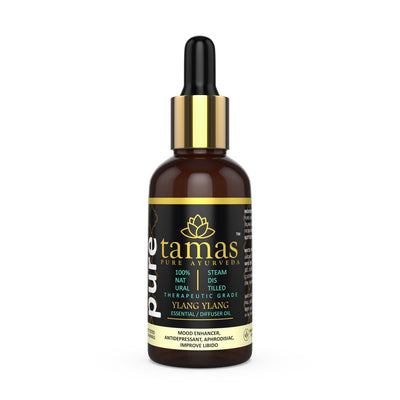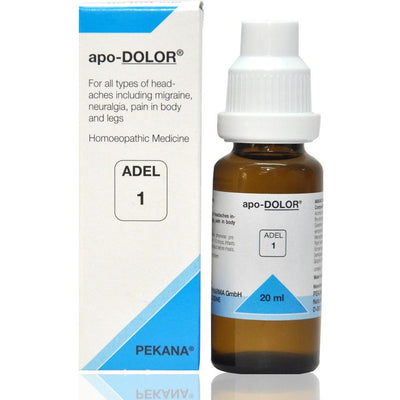
Asokarishtam
Asokarishtam is an Ayurvedic uterine tonic that can be used to help in the wellbeing of women. It is formulated with ingredients that have been traditionally prescribed in Ayurveda to help with problems related to the female reproductive system. The uterine tonic benefits include being used to help regulate the menstrual cycle, strengthen the uterus and treat PMS and menopausal problems
Ayurveda looks at menstrual problems in a holistic manner. An Ayurvedic uterine tonic such as Asokarishtam gives best results when also supplemented with other treatments and lifestyle changes as required. A diet that does not aggravate the Dosha that is causing problems should also be followed.
Ingredients
Ashoka (Saraca asoca)
Dosage
Adults 15 to 25 ml and children 5 to 15 ml or as prescribed by an Ayurvedic physician. The method of dosing is different for different problems. Self-medication is not advised.
Ayurvedic Perspective On The Menstrual Cycle
The menstrual cycle is viewed as hormone controlled. The menstrual cycle timing is controlled by the hypothalamus, pituitary glands as well as the ovaries. The pituitary gland produces the Luteinizing hormone (LH) and follicle-stimulating hormone (FSH). This gland, in turn, is stimulated by the Luteinizing Hormone Releasing Hormones (LHRH) from the hypothalamus. The LH and the FSH control follicle stimulation in the ovary. The ovaries produce both progesterone and estrogen. The balance of all these hormones times the menstrual cycle. The three phases of the menstrual cycle are the follicular/proliferative phase, the ovulatory phase, and the luteal/secretory phase. When the menstrual cycle is not regular hormonal tablets that are used for hormonal therapy or birth control are prescribed. If the irregular menstrual cycle is due to fibroids, polyps, cysts, PCOS or endometriosis, it is treated accordingly. When a woman approaches the cessation of menstruation - called menopause - there is a likelihood of experiencing problems called a menopausal syndrome. The period cycle becomes erratic. The woman experiences hot flashes, fatigue, sudden sweating, headaches, mood swings, loss of libido, weight gain, fuzzy thinking, sleep problems and muscular pain. It treats menopausal problems with low dose hormonal birth control to regulate menstruation and avoid sudden lows and spikes on hormone levels. HRT or hormone replacement therapy also helps. When there is vaginal dryness, vaginal lubricants and topical hormones are prescribed. Mood problems are treated with antidepressants.
Asokarishtam is an Ayurvedic uterine tonic that can be used to help in the wellbeing of women. It is formulated with ingredients that have been traditionally prescribed in Ayurveda to help with problems related to the female reproductive system. The uterine tonic benefits include being used to help regulate the menstrual cycle, strengthen the uterus and treat PMS and menopausal problems
Ayurveda looks at menstrual problems in a holistic manner. An Ayurvedic uterine tonic such as Asokarishtam gives best results when also supplemented with other treatments and lifestyle changes as required. A diet that does not aggravate the Dosha that is causing problems should also be followed.
Ingredients
Ashoka (Saraca asoca)
- The Ashoka tree is considered to be sacred as well as medicinal.
- Is used in traditional medicine as a stimulant for the ovaries and the endometrium.
- It balances the Vata Dosha
- It helps to regularise the menstrual cycles and hormones.
- Helps to combat osteoporosis, is a natural mineral and iron supplement.
- Is an immunomodulator
- Is used as Ayurvedic medicine to regulate periods
- Is useful in reducing menstrual pain and discomfort
- Ignites digestive fire (Agni)
- It is a grass that is used in Ayurveda for its anti-inflammatory properties.
- It pacifies the Kapha and Pitta Doshas
- Is used in traditional medicine as an anti-inflammatory
- Stimulates the digestive fire (Agni)
- Turmeric
- It has been long used in traditional medicine and cooking for its many health benefits.
- The lotus flower
- It is useful as a diuretic, coolant, antipyretic and cardiac tonic
- It enhances the complexion
- Useful ingredient in menopausal syndrome treatment
- It helps to balance all three Doshas
- It helps to detoxify and supports healing
- This herb supports the Rasa and Mamsa Dhatus
- It is used in Ayurveda as an antibacterial and antiinflammatory
- Indian gooseberry
- It is rich in Vitamin C
- It is used in traditional medicine as an anti-oxidant, immunomodulator and anti-inflammatory
- Mango
- Is used in traditional medicine to treat many health issues
- Different parts of the tree and fruit balance different Doshas
- An excellent digestive stimulant.
- Promotes appetite
- Balances Kapha and Pitta Doshas
- It is used in Ayurveda as an anti-allergic, anti-bacterial, anti-microbial, anti-viral, anti-inflammatory, styptic
- Sandalwood
- Is used in traditional medicine to relieve body ache, itching, burning, bleeding disorders, wounds, tiredness, dull complexion, diuretic, urinary problems, menstrual problems, anger issues.
- Balances Kapha and Pitta
- Balances Vata and Pitta Doshas
- Is used in traditional medicine as a blood purifier
Dosage
Adults 15 to 25 ml and children 5 to 15 ml or as prescribed by an Ayurvedic physician. The method of dosing is different for different problems. Self-medication is not advised.
Ayurvedic Perspective On The Menstrual Cycle
- As per Ayurveda, the functions of the human body are governed by the three Doshas. When the Doshas are in balance and the metabolism is efficient the person is in good health. When the metabolic process is not efficient, it generates the metabolic waste called Ama. Ama is the cause of bodily disorders.
- The menstrual cycle is dependent on all three Doshas. The primary Dosha is the Vata Dosha as it controls movement. Menstruation is essentially the movement of the menstrual flow out of the body. The Apana Vayu is the subcomponent of the Vata Dosha that carries out this function.
- After menstruation, the Kapha Dosha governs the follicular phase of the menstrual cycle and the hormone estrogen is Kapha dominant. Progesterone is a Pitta type hormone. The Pitta Dosha governs the luteal phase of the menstrual cycle.
- When any one of the Doshas is out of balance it throws the menstrual cycle out of balance too.
- Ayurveda classifies gynecological problems as Yoni Vyapat when the vagina is affected. Uterus problems are Guhyaroga and embryology is Atulyagotriya.
- When a person ages, it is a transition to the Vata phase of life. The change in the Dosha balance causes the symptoms of menopause. The Dosha type of the patient before menopause determines the character and intensity of the menopausal symptoms.
- Ama buildup worsens the symptoms of menopause. A Vata aggravating diet can also cause problems.
- Ayurvedic medicine can help with regular periods when combined with lifestyle and dietary changes can help. Stress and anxiety should be avoided. When one is menstruating, enough rest should be taken. Gentle exercise is beneficial.
The menstrual cycle is viewed as hormone controlled. The menstrual cycle timing is controlled by the hypothalamus, pituitary glands as well as the ovaries. The pituitary gland produces the Luteinizing hormone (LH) and follicle-stimulating hormone (FSH). This gland, in turn, is stimulated by the Luteinizing Hormone Releasing Hormones (LHRH) from the hypothalamus. The LH and the FSH control follicle stimulation in the ovary. The ovaries produce both progesterone and estrogen. The balance of all these hormones times the menstrual cycle. The three phases of the menstrual cycle are the follicular/proliferative phase, the ovulatory phase, and the luteal/secretory phase. When the menstrual cycle is not regular hormonal tablets that are used for hormonal therapy or birth control are prescribed. If the irregular menstrual cycle is due to fibroids, polyps, cysts, PCOS or endometriosis, it is treated accordingly. When a woman approaches the cessation of menstruation - called menopause - there is a likelihood of experiencing problems called a menopausal syndrome. The period cycle becomes erratic. The woman experiences hot flashes, fatigue, sudden sweating, headaches, mood swings, loss of libido, weight gain, fuzzy thinking, sleep problems and muscular pain. It treats menopausal problems with low dose hormonal birth control to regulate menstruation and avoid sudden lows and spikes on hormone levels. HRT or hormone replacement therapy also helps. When there is vaginal dryness, vaginal lubricants and topical hormones are prescribed. Mood problems are treated with antidepressants.
You may also like
More from Kerala Ayurveda
More from Aasaan
Recently viewed



















